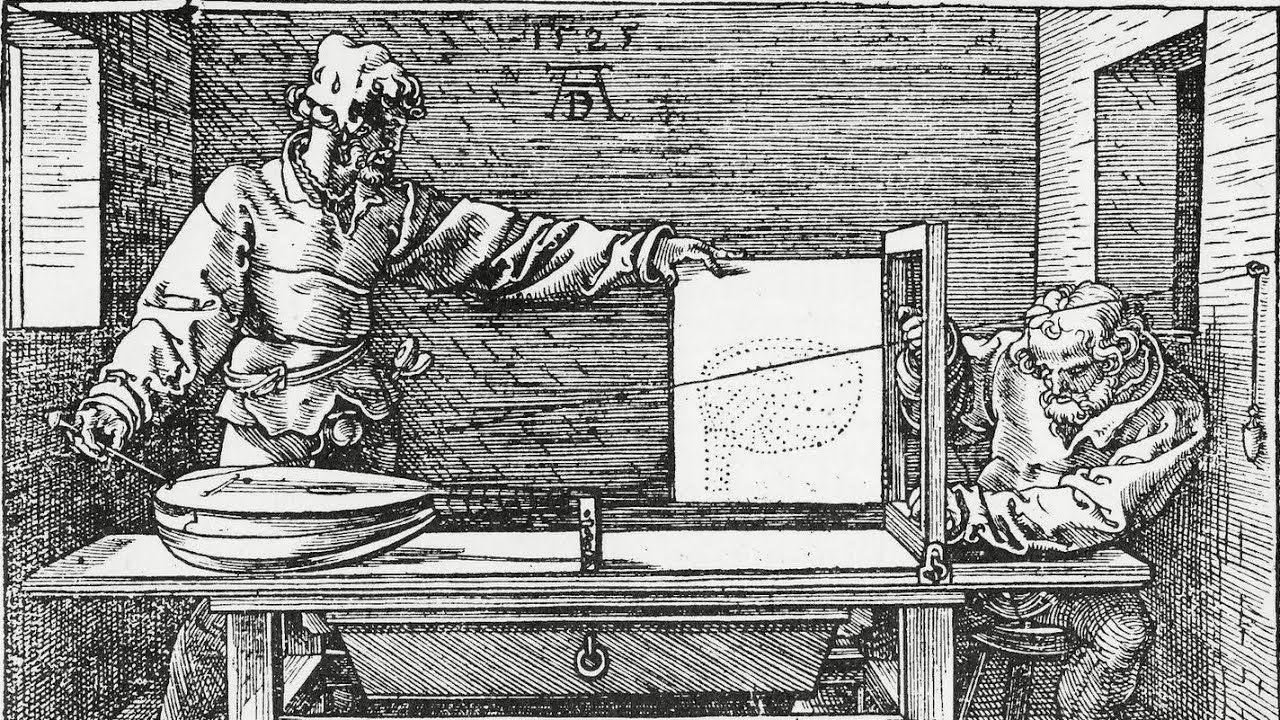Definition 2.3.1. Subgroups and cosets.
A subset \(H\) of a group \(G\) is called a subgroup of \(G\) if \(H\) itself is a group under the group operation of \(G\) restricted to \(H\text{.}\) We write \(H\leq
G\) to indicate that \(H\) is a subgroup of \(G\text{.}\) Given a subgroup \(H\) of \(G\text{,}\) and given an element \(g\) in \(G\text{,}\) the set
\begin{equation*}
gH := \{gh \colon h\in H\}
\end{equation*}
is called a (left) coset of \(H\text{.}\) The set of all cosets of \(H\) is denoted \(G/H\text{,}\) that is,
\begin{equation*}
G/H := \{gH\colon g\in G\}.
\end{equation*}

